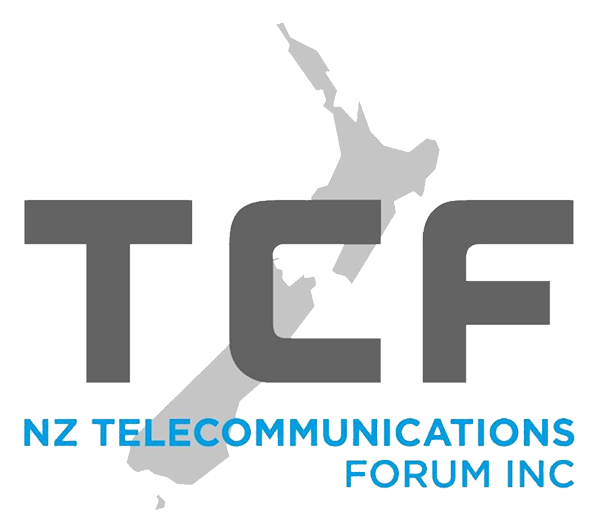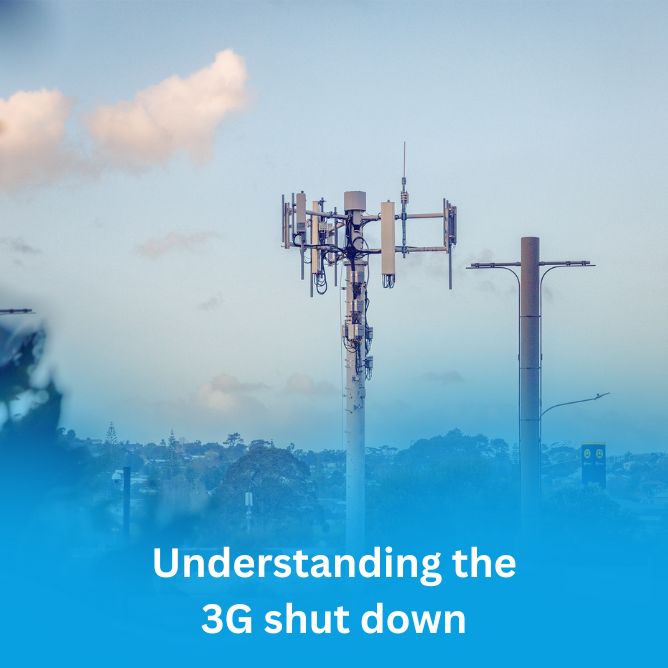A forum for TCF Members and Local Government to discuss local government issues and to co-ordinate mutually beneficial activity
Description
The telecommunications industry recognises the value in maintaining a mutually beneficial relationship with local government.
The primary drivers of this need are to improve the investment and deployment of telecommunications services for all telecommunications providers by addressing issues with regards to the Resource Management Act, access to roading corridors, access to council assets, rating policies and national policy statements and mechanism.
Deliverables
To provide a mechanism for industry, local government and central government to engage on matters relating to telecommunications infrastructure policy and planning.
If anyone from local government would like to discuss any local government related issues with the TCF, feel free to contact us.
Date established
October 2008
Working Party Members
Looking for something else?
Wireless Facilities Community Engagement
A standard approach for wireless network operators to engage with communities on new wireless telecommunications facilities.
Principles for new sub division infrastructure
Guidelines to ensure property owners in new subdivisions can obtain the telecommunications services they expect.
Submissions
View TCF submissions related to local government and telecommunications infrastructure
NESTF 2016
The scope of the NESTF 2016 is much wider than the NESTF 2008 framework








